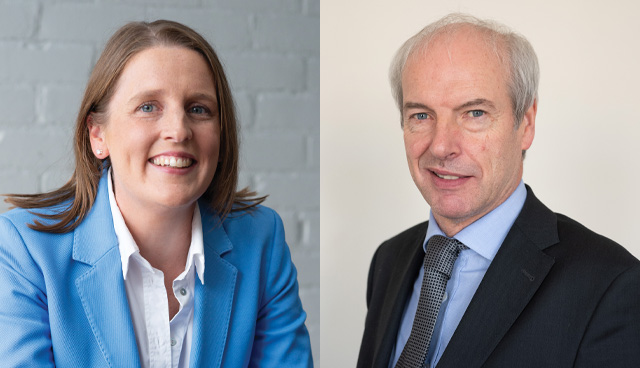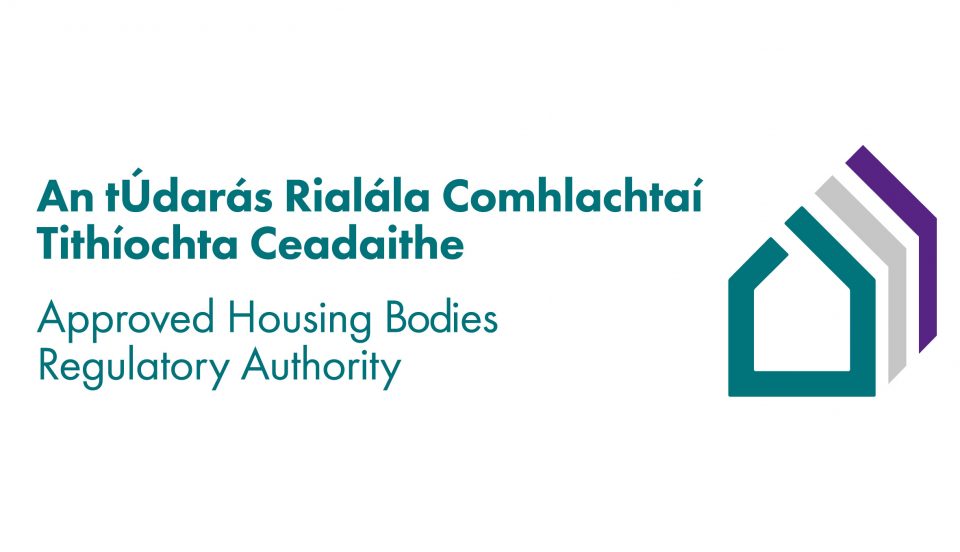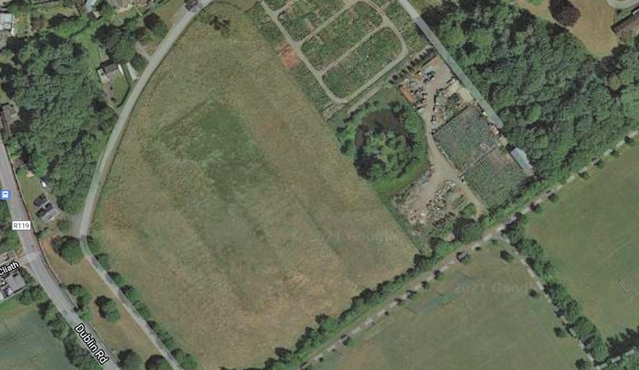
Land Development Agency Bill 2021
1st June 2021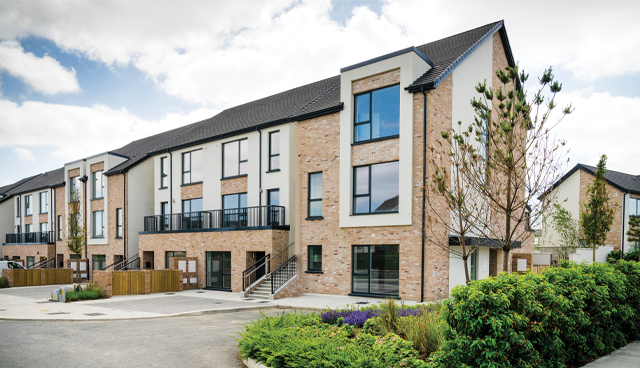
Affordable Housing Bill published
1st June 2021Retrofitting Ireland’s homes
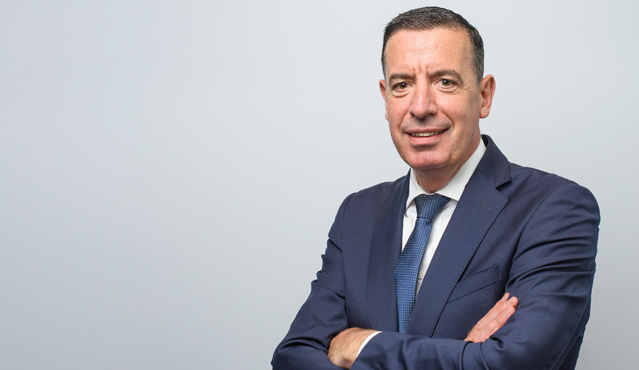
Declan Meally, Head of Transport and Communities at the Sustainable Energy Authority of Ireland (SEAI) outlines the National Retrofit Programme that will see 500,000 homes, one-third of Ireland’s housing stock, retrofitted to a B2 BER by 2030.
Ireland has an ambitious Climate Action Plan that includes the deep retrofitting of 500,000 homes to BER B2/cost optimal or carbon equivalent and the installation of 400,000 heat pumps by 2030. To determine the pathway to these targets the Government set up a Retrofit Taskforce, which broke the programme down into four pillars:
1. increase market demand for retrofitting homes;
2. finance and design of incentives;
3. developing the supply chain; and
4. the governance arrangements for the programme.
As part of the Climate Action Plan, the Minister for the Environment, Climate and Communications, Eamon Ryan TD, formally nominated SEAI as the National Retrofit Delivery Body in October 2020. SEAI has a solid track record in retrofitting homes with 400,000 homes retrofitted to date. Although a lot of these where ‘shallow measures’, SEAI has developed substantial expertise of deeper retrofits through a number of pilot programmes.
Programme development
The initial two years of the programme will constitute the ‘ramping up’ phase, which will involve developing the supply chain and delivery structures. This phase will see the piloting and testing of the various aspects of the programme to enable 50,000 homes to be deep retrofitted each year from 2024-2025.
The target of half-a-million homes equates to one-third of homes in the Irish market. In 2019, 2,000 homes were deep retrofitted. In 2020, that figure rose to 4,000 with support from SEAI and local authorities. The 2021 national target is 13,000 home retrofits between SEAI and local authorities, however losing over
four months due to the Covid lockdown will have a significant impact on this.
In 2022 there will be a step change to 30,000 homes per year and another step up to 50,000 homes per year in 2024. The Government Retrofit Taskforce is chaired by the Secretary General of the Department of the Environment, Climate and Communications (DECC) and is comprised of key stakeholders including senior representatives from the Department of Housing, Local Government and Heritage, the Department of Employment Affairs and Social Protection, the Department of Public Expenditure and Reform, the Department of Education and Skills, the Department of Finance, SEAI, the County and City Managers Association and National Treasury Management Agency.
The Taskforce will report later this year on the various aspects of the programme. In the meantime, SEAI is getting on with its own work programme that entails scaling up its delivery programmes and using the knowledge to develop a work programme over the next two-to-three years.
Challenges
Although there are significant challenges across all of the four pillars of the programme, the learning curve has garnered useful lessons about deep retrofitting homes in Ireland in recent years. One of the main challenges involves the supply chain.
Is the market going to be able to scale up to the number of retrofits required?
Some initial estimates which are being validated by the Department of Enterprise, Trade and Employment to determine the skills and numbers of people required to deliver the programme found that between 20,000 and 30,000 people would be needed across all the skills and at different levels. The Education and Training Boards already have centres of excellence for retrofitting skills up and running and the Department of Education and Skills is considering how this needs to evolve in parallel to the market uptake.
A further challenge has been the stop-start nature of the retrofitting market in Ireland to date. The Government has now given the market a clear indication of its ongoing commitment to retrofitting. In Project 2020, the National Development Plan allocated €3.7 billion to retrofitting. An additional €5 billion was added in the Programme for Government. This confirms that the Government is serious in supporting the retrofitting of homes. The overall cost of the programme will be €28 billion split between government and private funding.
A key aspect of the National Retrofit Programme will be demand generation. A national demand generation programme is promoting and highlighting the benefits of a carbon neutral home with renewable heat and heat pumps to homeowners, including comfort and cost saving, alongside reduced emissions.
National Retrofitting Programme
The main objective of the National Retrofitting Programme incorporates a home assessment and audit to produce a detailed energy upgrade list. This consists of insulation, air tightness of the house and electrifying the heating by using a heat pump. Using existing technologies, a core mission is to educate homeowners on how a heat pump works and the subsequent significant reduction on their fossil fuel bills. Although electricity bills will increase, this is offset by savings on heating costs.
SEAI is encouraging homeowners to comprehensively upgrade their homes in one go rather than adopting a gradual approach. As such, we are incentivising them to do that. The Government is also funding local authorities to retrofit council-owned homes at 100 per cent.
“The National Retrofitting Programme is the workhorse of the Government’s Climate Action Plan for Irish Homes. It is a big challenge but with everyone’s shoulder to the wheel there is a good opportunity for success.”
Meanwhile, SEAI is also exploring ways to work with local authorities so that all privately owned homes can realise the benefits and avail of the opportunity of having contractors working in their area which will allow them to get good rates from the contactors. There have been good examples of this in some local authorities and this is also part of a pilot through the Midlands Retrofit Programme.
One-stop-shop
We want to make all aspects of the scheme easy for homeowners; to understand and to make a grant application, to deal with the contractors or to avail of finance. The ambition is for the market to provide a one-stop-shop energy upgrade service for homeowners and since developing an initial call in 2020 we have attracted applications from 22 potential one-stop-shop
organisations.
We have a number of energy companies involved, including Electric Ireland’s partnership with Tipperary Energy Agency and SSE’s partnership with An Post. We also have secured the cooperation of retrofitting providers and insulation companies alongside several community groups. The banks and credit unions are also getting involved as there is a need for an authorised financial body for any retrofitting loans to provide the home owners matching funding.
The National Retrofitting Programme is the workhorse of the Government’s Climate Action Plan for Irish homes. It is a big challenge but with everyone’s shoulder to the wheel there is a good opportunity for success.
Internally, SEAI is streamlining its processes to give homeowners and contractors a fast turnaround for grant applications. This will help keep the supply chain moving. We completed 60,000 homes a year in the early days of retrofitting, albeit on ‘shallow measures’. Between 2011 and 2012, we surged from zero to 60,000 a year, showing that it can be done.
Now, there is a step change in the amount of money involved. A shallow retrofit can cost between €4,000 and €10,000, whereas a deep retrofit can range from €20,000 to €30,000 in terms of heat pump installation and other measures. It is up to us to show the homeowner that there is real value in deep retrofitting, highlighting the generous incentives through the various grant programmes.

Sustainable Energy Authority of Ireland
3 Park Place, Hatch Street Upper
Dublin 2, D02 FX65
T: 01 8082 100
E: info@seai.ie
W: www.seai.ie




